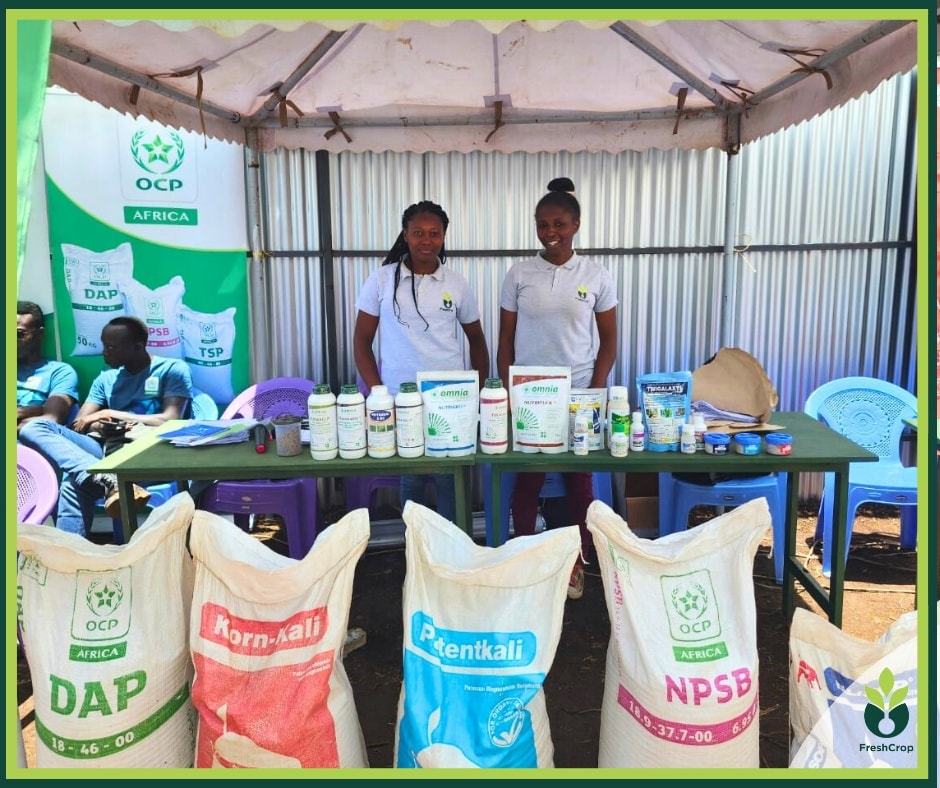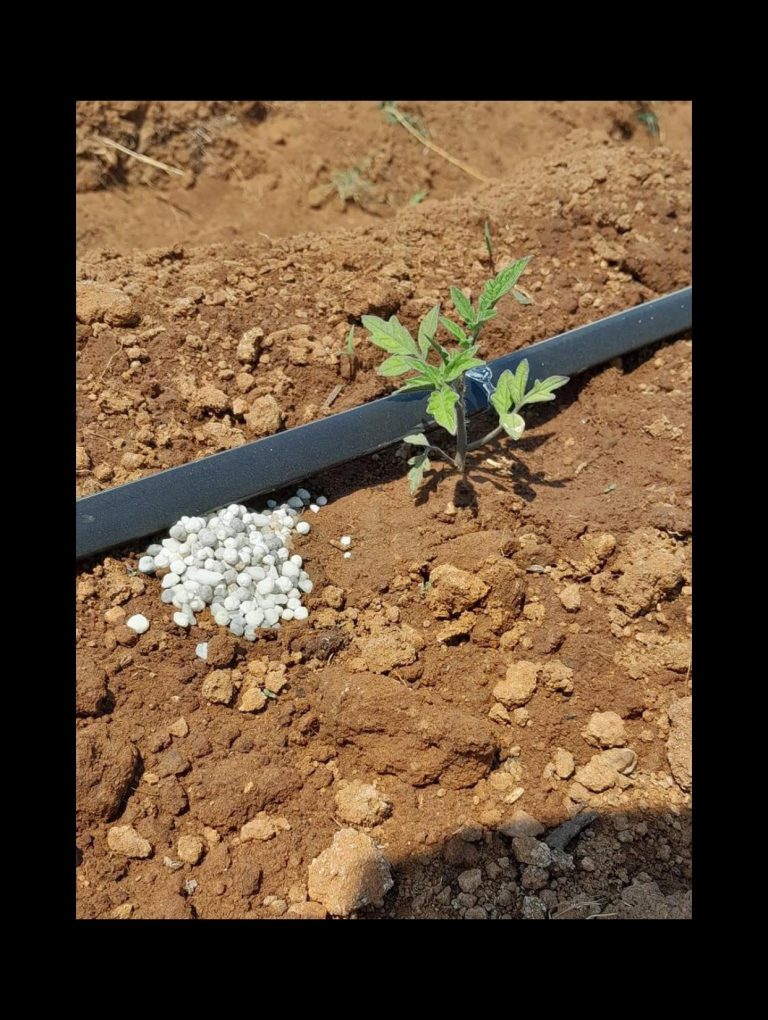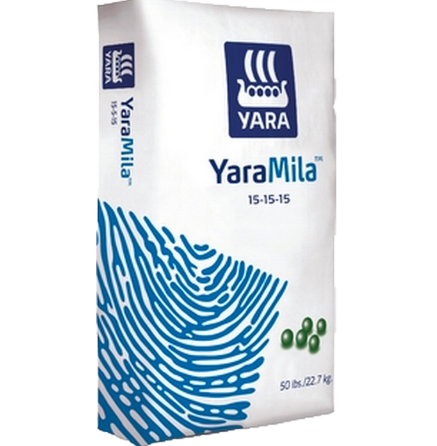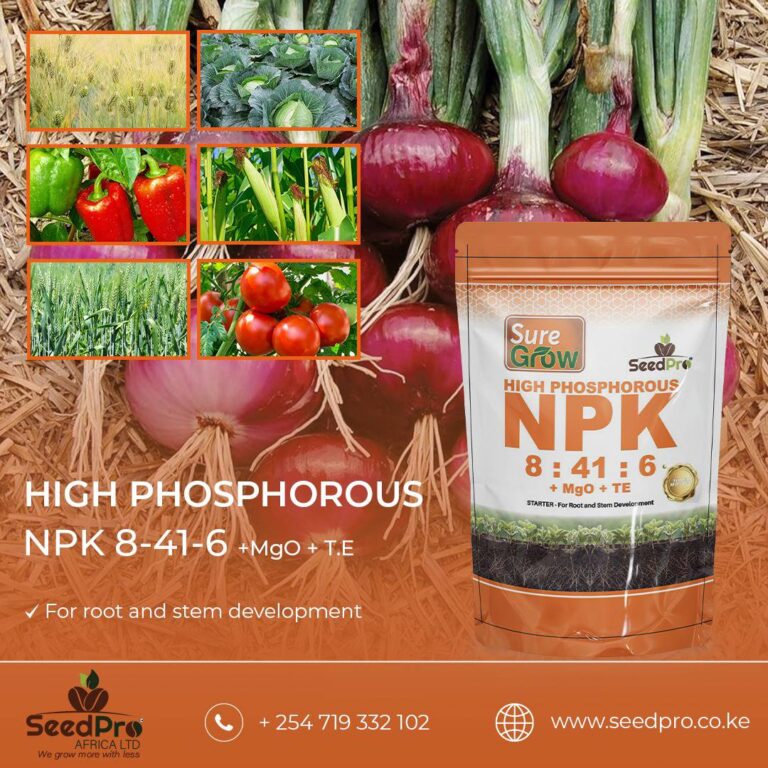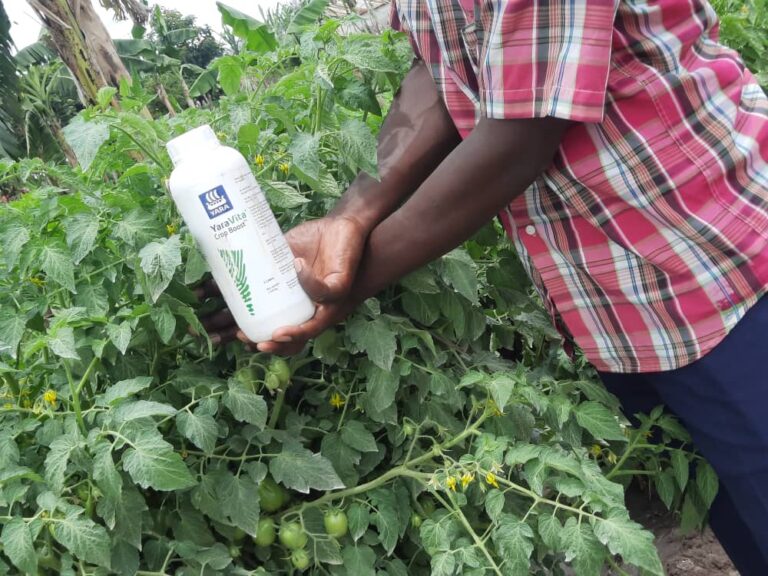Advantages and Disadvantages of Controlled-Release Fertilizers (CRFS)
Meta Description: Discover the advantages and disadvantages of controlled-release fertilizers (CRFS) for efficient and sustainable agriculture.
About Controlled-Release Fertilizers (CRFS)
Controlled-release fertilizers are designed to release nutrients over a specified period, matching the nutrient uptake patterns of plants. This technology helps in reducing the frequency of fertilizer application, thereby saving labor and costs.
Typically coated with polymers or other materials, these fertilizers ensure a slow and steady release of nutrients. This method contrasts sharply with conventional fertilizers, which often lead to a rapid release of nutrients and potential environmental harm.
Advantages of Controlled-Release Fertilizers
Improved Nutrient Efficiency
One of the primary advantages of controlled-release fertilizers is improved nutrient efficiency. The slow-release mechanism ensures that nutrients are available to plants when they are needed most, minimizing nutrient wastage and enhancing uptake efficiency.
This leads to better crop yields and healthier plants, as they receive a consistent supply of essential nutrients.
Reduced Environmental Impact
CRFS significantly reduce the environmental impact associated with fertilizer use. Traditional fertilizers often lead to nutrient runoff, which can contaminate water bodies and cause eutrophication. By releasing nutrients gradually, CRFS minimize the risk of leaching and runoff, thus protecting the environment.
Cost-Effective Over Time
While the initial cost of CRFS may be higher than conventional fertilizers, they can be more cost-effective in the long run. The reduced frequency of application lowers labor costs and operational expenses. Moreover, the improved nutrient efficiency can lead to higher crop yields, which can offset the initial investment.
Enhanced Crop Quality
The consistent nutrient supply provided by CRFS contributes to enhanced crop quality. Plants that receive a balanced diet of nutrients tend to be more robust and produce higher-quality fruits and vegetables.
This can be particularly beneficial for farmers who supply premium markets where quality is paramount.
Labor Savings
The reduced need for frequent fertilizer applications translates to significant labor savings. This is particularly advantageous for large-scale farming operations where labor costs constitute a substantial portion of the operational budget.
By using CRFS, farmers can allocate labor resources more efficiently, focusing on other critical tasks.
Decreased Risk of Fertilizer Burn
Traditional fertilizers can sometimes cause fertilizer burn if applied excessively, damaging plants and reducing yields. CRFS mitigate this risk by releasing nutrients slowly, preventing the sudden surge of nutrients that can harm plant tissues.

Disadvantages of Controlled-Release Fertilizers
Higher Initial Cost
The primary disadvantage of CRFS is their higher initial cost compared to conventional fertilizers. The advanced technology and materials used in manufacturing CRFS contribute to their premium price. For some farmers, especially those with tight budgets, this initial investment can be a significant barrier.
Complexity in Application
Applying CRFS requires a certain level of expertise to ensure optimal results. Farmers need to understand the specific nutrient requirements of their crops and the appropriate timing for fertilizer application. This complexity can be a deterrent for those who are used to the simplicity of traditional fertilizers.
Limited Availability
In some regions, CRFS may not be readily available, limiting their adoption. The distribution networks for these advanced fertilizers are still developing, and farmers in remote areas might face challenges in accessing them. This limited availability can hinder the widespread use of CRFS, particularly in developing countries.
Potential for Inconsistent Release Rates
Although CRFS are designed to release nutrients consistently, factors such as soil temperature, moisture, and microbial activity can influence the release rate. This variability can sometimes lead to inconsistent nutrient supply, which may affect crop performance.
Environmental Concerns of Coating Materials
While CRFS are environmentally friendly in terms of nutrient release, the coating materials used to achieve controlled release can raise environmental concerns. Some coatings may not degrade easily, potentially leading to soil accumulation and long-term environmental impacts.
Storage and Handling Issues
CRFS require specific storage and handling conditions to maintain their efficacy. Exposure to high temperatures or moisture can compromise the integrity of the coatings, affecting the release rate of nutrients. Farmers need to be cautious and ensure proper storage practices to avoid these issues.
Sustainable Agriculture and CRFS
Incorporating CRFS into sustainable agriculture practices can offer numerous benefits. By aligning nutrient release with plant growth cycles, CRFS support efficient nutrient management, reducing the need for chemical inputs and promoting healthier soils.
This approach is particularly relevant in the context of global efforts to achieve sustainable food production systems.
Integrating CRFS with Other Fertilization Methods
Combining CRFS with other fertilization methods can enhance overall nutrient management strategies. For instance, integrating organic fertilizers with CRFS can provide a balanced nutrient profile, supporting both immediate and long-term plant needs.
This synergy can lead to more resilient cropping systems and improved soil health.
FAQs
What are controlled-release fertilizers (CRFS)?
Controlled-release fertilizers are fertilizers that release nutrients gradually over a specified period, aligning with the nutrient uptake patterns of plants. They help in improving nutrient efficiency and reducing environmental impact.
How do CRFS improve nutrient efficiency?
CRFS release nutrients slowly, ensuring they are available to plants when needed most. This minimizes nutrient wastage and enhances uptake efficiency, leading to better crop yields and healthier plants.
What are the environmental benefits of using CRFS?
CRFS reduce the risk of nutrient runoff and leaching, which can contaminate water bodies and cause environmental harm. By releasing nutrients gradually, CRFS help protect the environment and promote sustainable agriculture.
Are CRFS cost-effective?
While CRFS have a higher initial cost compared to conventional fertilizers, they can be more cost-effective in the long run due to reduced application frequency, labor savings, and improved crop yields.
What are the challenges of using CRFS?
Challenges include higher initial cost, complexity in application, limited availability, potential for inconsistent release rates, environmental concerns of coating materials, and storage and handling issues.
How can CRFS be integrated with other fertilization methods?
Combining CRFS with organic fertilizers can provide a balanced nutrient profile, supporting both immediate and long-term plant needs. This integration can enhance nutrient management strategies and improve soil health.
